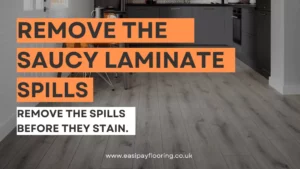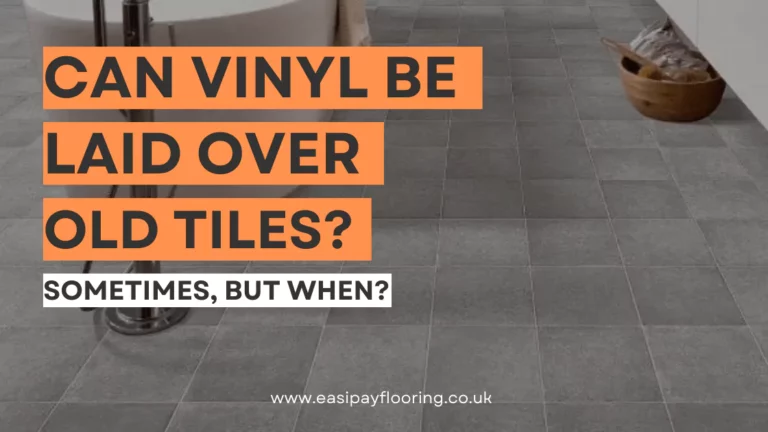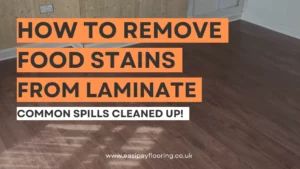
Please Note: We’re currently out of stock of LVT, while we switch supplier, we’ve reduced the cost of SPC flooring to the price of our LVT.

Get In Touch:
03303 332360


When renovating a space, one common question homeowners face is whether they can install vinyl flooring over old tiled floors. Vinyl flooring is a popular choice due to its versatility, durability, and ease of maintenance. Installing it directly over existing tiles can save time and reduce renovation costs. However, there are important considerations to ensure that the installation looks good and lasts long.
This blog post will delve into these considerations, explore the potential challenges, and provide step-by-step guidance for laying vinyl over tiled flooring effectively.
The first step in deciding whether you can lay vinyl over tile is assessing the current condition of the tiled floor:
Before installing vinyl flooring over tile, preparation is crucial to achieve the best results:
Use a self-levelling compound to fill in grout lines and level the surface of the floor. This creates a smooth base for the vinyl and helps prevent the tile pattern from “telegraphing” through to the vinyl surface.
Thoroughly clean the tiles to remove any grease, dirt, and sealers that could prevent the vinyl from adhering properly.
Installing vinyl flooring over old tile can be a feasible and cost-effective way to update your home’s look. By properly preparing the surface, choosing the right type of vinyl, and following the correct installation methods, you can achieve a beautiful, durable finish that rejuvenates your space without the need for a complete overhaul. Remember, the key to a successful installation lies in meticulous preparation and selecting the appropriate vinyl for your specific circumstances.
If you’re still on the hunt for new flooring, why not give us a try? Easipay Flooring offers great prices on high quality flooring, including laminate, vinyl and carpets. We also offer free underlay for carpets and laminate, and to make buying your new flooring more manageable we’ll also let you split the cost into instalments over time too, interest free! Tap the button below to get started.
Yes, you can install vinyl over most types of tile, but the tile should be in good condition, securely attached, and as level as possible. Make sure to fill in any cracks or uneven areas with a levelling compound before installation.
Not necessarily. If the old tiles are in stable condition without cracks and the surface is even, you can install vinyl directly on top. However, removing tiles can sometimes create a smoother base, especially if the existing tiles are uneven or damaged.
Deep grout lines should be filled with a floor levelling compound to create a flat surface. This prevents the grout lines from “telegraphing” through the vinyl and becoming visible on the surface.
While not always necessary, using an underlayment can help smooth out minor imperfections in the tiled floor and provide additional cushioning and noise reduction. It’s particularly recommended for floating vinyl installations.
Ensure the tile floor is thoroughly cleaned and free from any dust, dirt, or oily residues. For peel-and-stick vinyl tiles, it might be beneficial to apply a primer to the tile surface to improve adhesion.
Installing vinyl over tile will raise the floor level slightly. It’s important to check door clearances and transitions to other rooms. You may need to trim doors or adjust thresholds to accommodate the new floor height.
Vinyl sheet flooring can be cut with a sharp utility knife. Measure the area carefully, and make cuts based on those measurements. For vinyl tiles or planks, a vinyl cutter or a heavy-duty cutter is used to achieve precise cuts.
Any moisture issues should be resolved before installing vinyl flooring. Moisture can cause vinyl to warp or come unglued. If moisture is a concern, consider using a moisture barrier or addressing the underlying cause of the moisture.
If your tiled floor is very uneven, has loose tiles, or shows significant signs of damage or movement, it might not be a good candidate for a vinyl overlay without extensive pre-treatment. These issues can affect the longevity and appearance of your new flooring.
The time it takes to install vinyl flooring over tile depends on the size of the area and the type of vinyl being installed. Generally, a room can be completed in one to two days, assuming the existing floor is in good condition and prepared beforehand.





